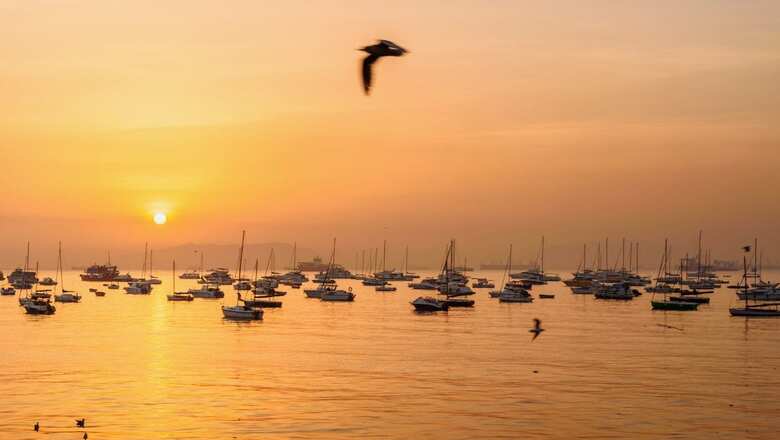
views
The city of Mumbai has had a rich history. While many only hark back to the times of the Portuguese and the British, the cultural past of its indigenous communities is older than that. Recently, Bombay61 Studio (B61) – an innovative and experimental urban solutions think tank – and the Ministry of Mumbai’s Magic (MMM) – a collective that represents the creative and social power of Mumbaiker youth – came together to celebrate culture, conservation and sustainability at Versova Koliwada.
The 4 day exhibition and festival celebrated the rich cultural history of the city. “The intention behind this exhibition is to create avenues for the growth of Mumbai to understand the historical and ecological narratives of the indigenous communities like the Worlis and Kolis,” says Harpeet Bhullar from MMM, adding: “This is so that they become champions for these communities. We want the youth to amplify the significance of traditional knowledge these communities.”
She emphasizes on the need to take their consent into account before any large scale alterations in the area. “Mainstreaming the narrative of indigenous community should be the priority before any climate policy action, climate vulnerability and sustainability in the coastal city of Mumbai,” she adds.
The event saw active participation and the response was great, according to Bhullar. “We got footfall from urban design students and professionals. Additionally, the youth from the Koli community have also found this exhibition a great platform to learn more about the historical transitions and alterations of the coastline of their immediate environment. The inaugural event also saw experts coming in especially from the fisheries institute, IIT Bombay, Mangroves Foundation and local organisations working for the welfare of the Koli community,” she explains.
Jai Bhadgaonkar, the co-founder of Bombay61 says it is important to understand the city’s past in order to decide its future. “We know that cities are built by people and it is the process that leads to many transformations with time. It progresses over multiple timestamps and within that, too, there are generations that are associated with it. To give an understanding of what the city has become today and to be able to perceive the possible transformation it is important to know the past. When we talk about Kolis, their sustainability was dependent on the ecological setup. This setup, over the years, has started to degrade,” he reveals.
The Kolis and Warlis are descendants of the earliest known inhabitants of Mumbai’s seven islands. Naturally, their dependence on natural resources and environmental commons of the city is has been much higher. Moreover, there is a relationship that they have shared with their surroundings. This relationship comes across through their art and folklore.
The increasing population and urbanization threatens their existence and the threat of climate change with depleting mangroves has only added to the near extinction of marine life.
Bhadgaonkar adds: “Mumbai is a coastal city. The communities that thrived due to its coastal ecosystem, have naturally developed a relationship with it. If we talk about art, the art of fishing can also be considered. These tribes do have their own folk songs, dance forms etc. which tell us about them. These become an important medium of expression for the people at large.”
The exhibition and the accompanying installation ‘New Catch in Town’ sparked discussions on the solutions to these problems have hopefully alerted the authorities about the impending disarray of affairs if climate change worsens.












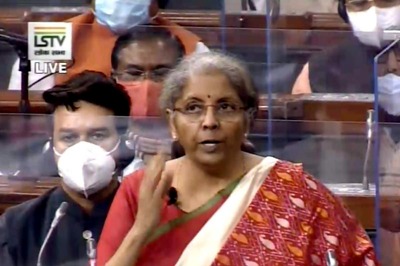
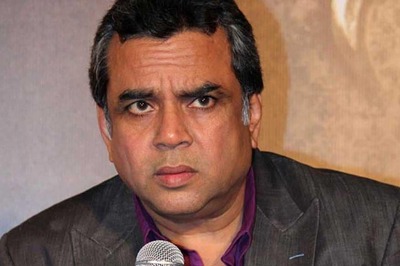


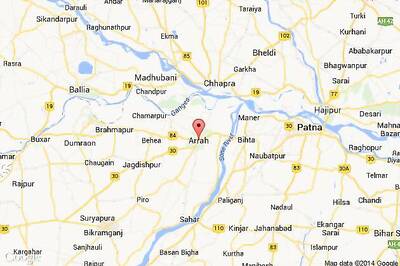
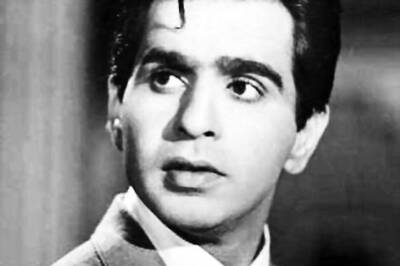

Comments
0 comment